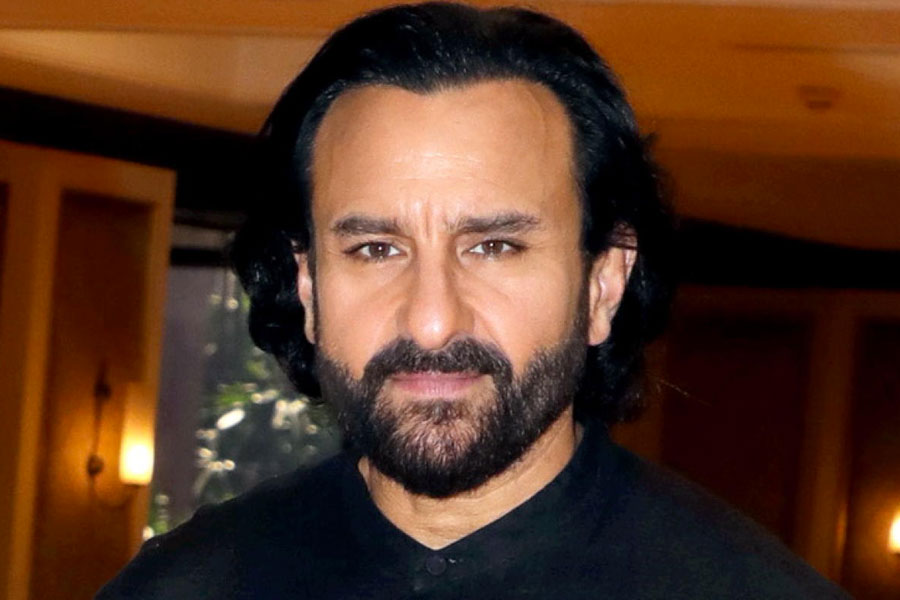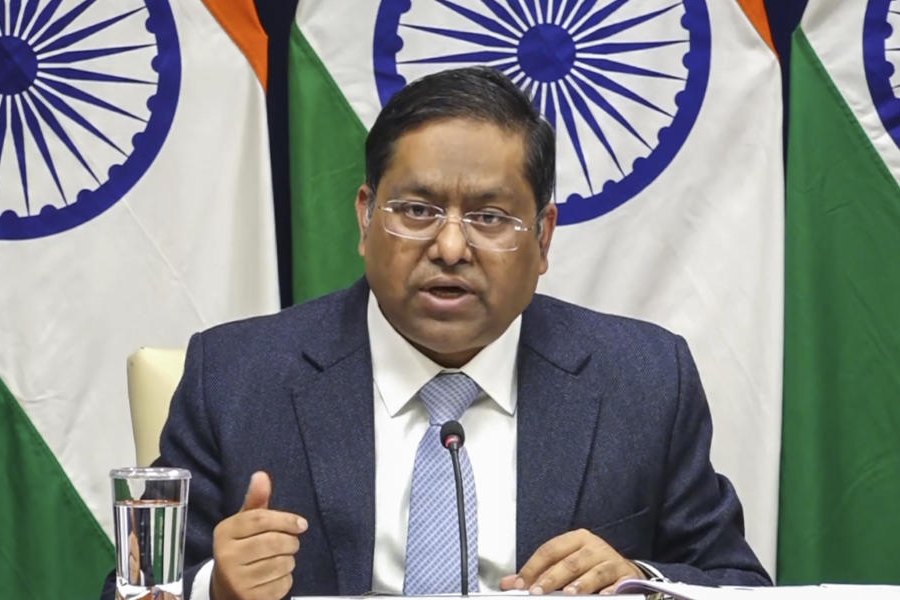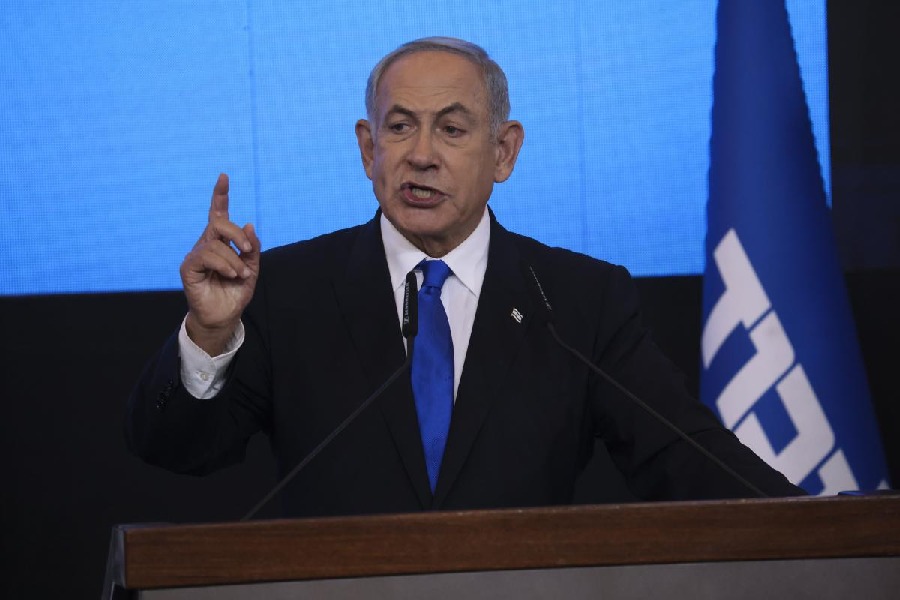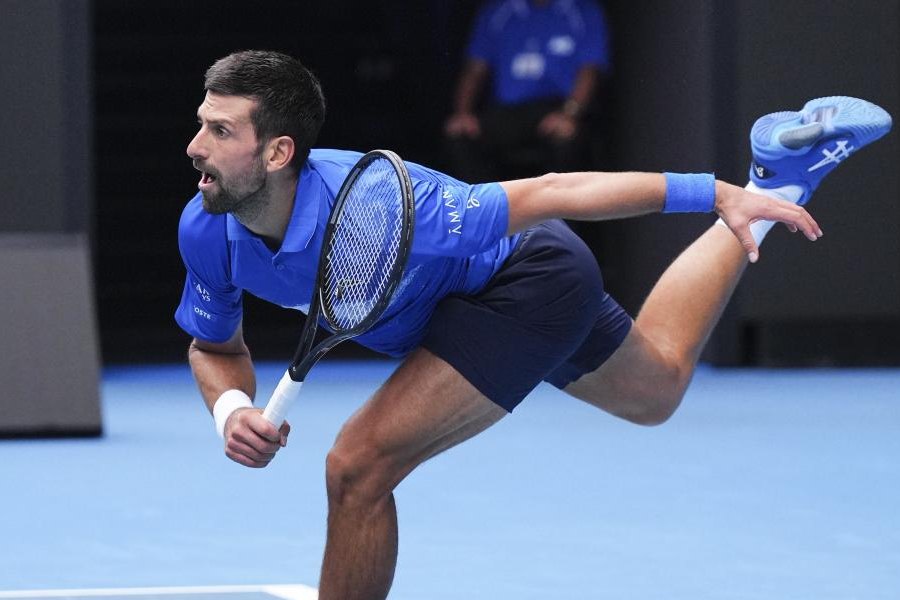Saif Ali Khan had a knife stuck in his thoracic spine when he was brought to hospital, a wound that trauma surgeons consider potentially life-threatening, depending on its depth and angle and the affected structures.
“He had sustained a major injury to the thoracic spine because of a lodged knife in the spine,” said Nitin Dange, a neurosurgeon at the Lilavati Hospital, Mumbai, who was part of the team that operated on Saif, after the surgical procedure.
Dange said Saif, who was brought to the hospital around 3am on Thursday, also had two other deep wounds — one on his left hand and the other on the right side of his neck.
“Surgery was performed to remove the knife and also to repair the leaking spinal fluid,” Dange said. “He is completely stable now, in recovery mode, and out of danger. We’ll shift him out of the ICU and plan to discharge him in a day or two.”
Trauma surgeons who were not part of the Lilavati team but are familiar with the damage that knife stabs can inflict on the human body said the severity of the injuries depends on counts, sites and the force through which the stab thrusts were made.
“Just one or two powerful stabs that grievously injure vital organs could be much worse than 10 or 12 stabs that cause merely superficial wounds,” said Bhaskar Pai, a consultant-general and laparoscopic surgeon at the Apollo Hospitals Sheshadripuram, Bengaluru.
Pai and other surgeons said Saif, during the early stages of his treatment on Thursday, would have likely received a standard protocol called Advanced Trauma Life Support (ATLS), developed by the American College of Surgeons, followed by radiological imaging evaluation, practised universally on trauma victims, and then taken for surgery by specialists and sub-specialists.
The ATLS involves an assessment of the victim’s airways, capacity for breathing, and blood circulation, three critical factors that can influence survival. “The ATLS protocol is often the first thing done in an emergency room,” said Chirantan Suhrid, a postgraduate surgeon in Mumbai.
“The time frame available for remedy is pretty short if the airway is blocked or breathing isn’t possible — that’s why these are addressed first if needed before we address the knife injuries,” said Suhrid, who was also not part of the Lilavati team.
Impaired airways or breathing capacity are addressed through life support measures such as intubation and ventilation. If the injuries have caused significant blood loss, Suhrid said the victim would be given intravenous fluids or replacement blood.
After completing the ATLS protocol, the surgeons would proceed to address the stab wounds themselves, using a combination of methods intended to stop the bleeding — sutures, cauterisation devices that use heat to seal off blood vessels, or instruments called harmonic scalpels that cut tissue and coagulate simultaneously, stopping the blood loss.
“The most important thing people need to understand is that the object impaled in the body must not be removed until the patient is in a medical facility with a surgeon,” said Sanjay Shah, the past president of the Indian Association of Trauma and Critical Care and surgeon at Apollo Hospitals, Ahmedabad.
The object itself may have sealed off a punctured blood vessel and any attempt to remove it without adequate precautions in place could add to blood loss.










